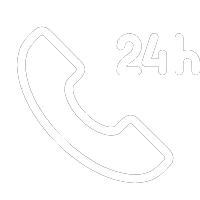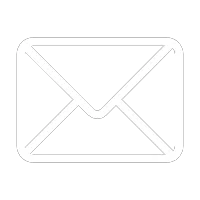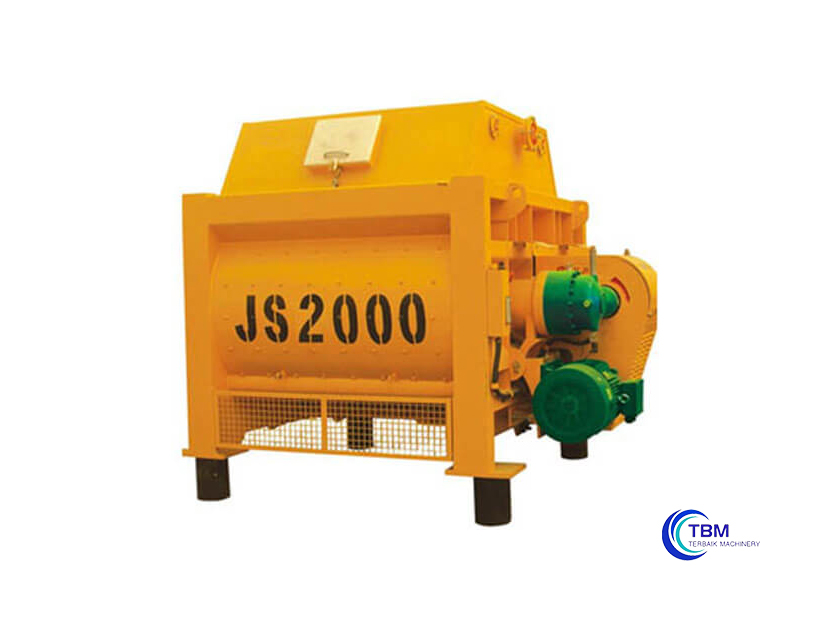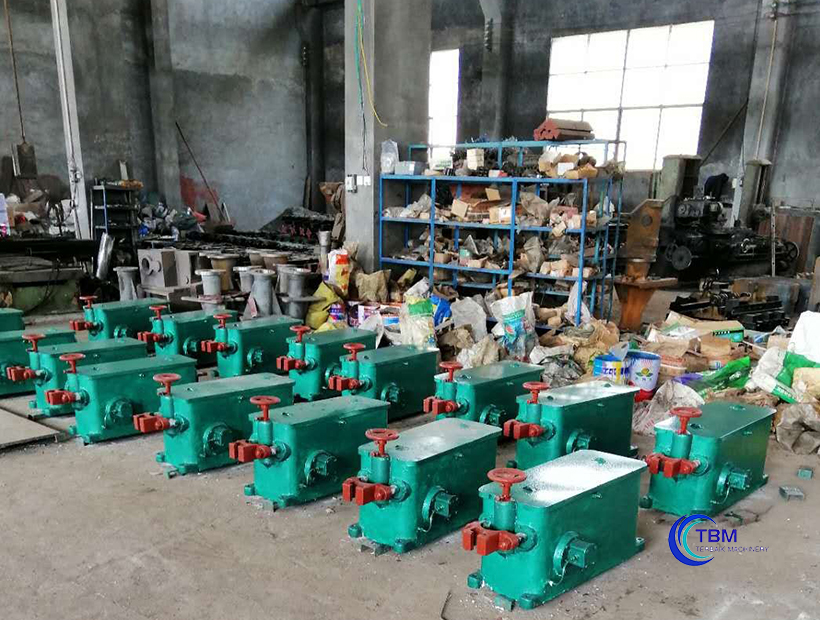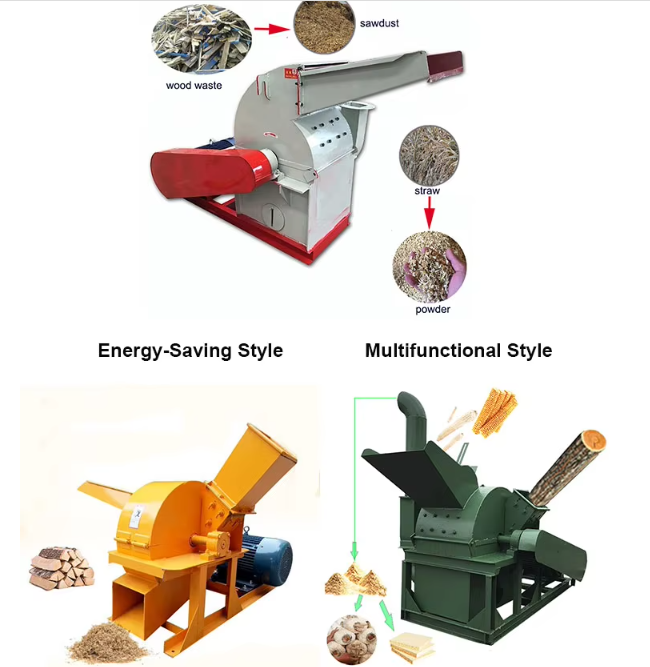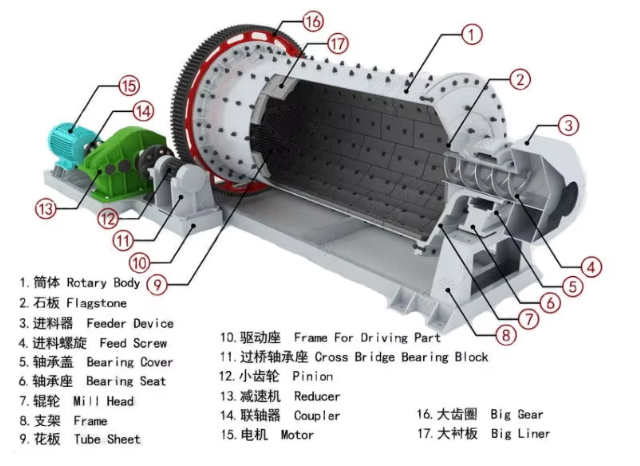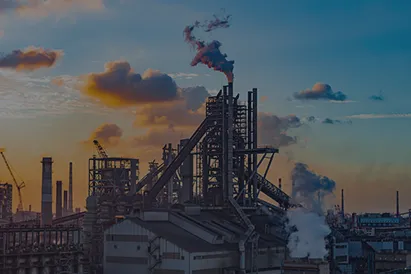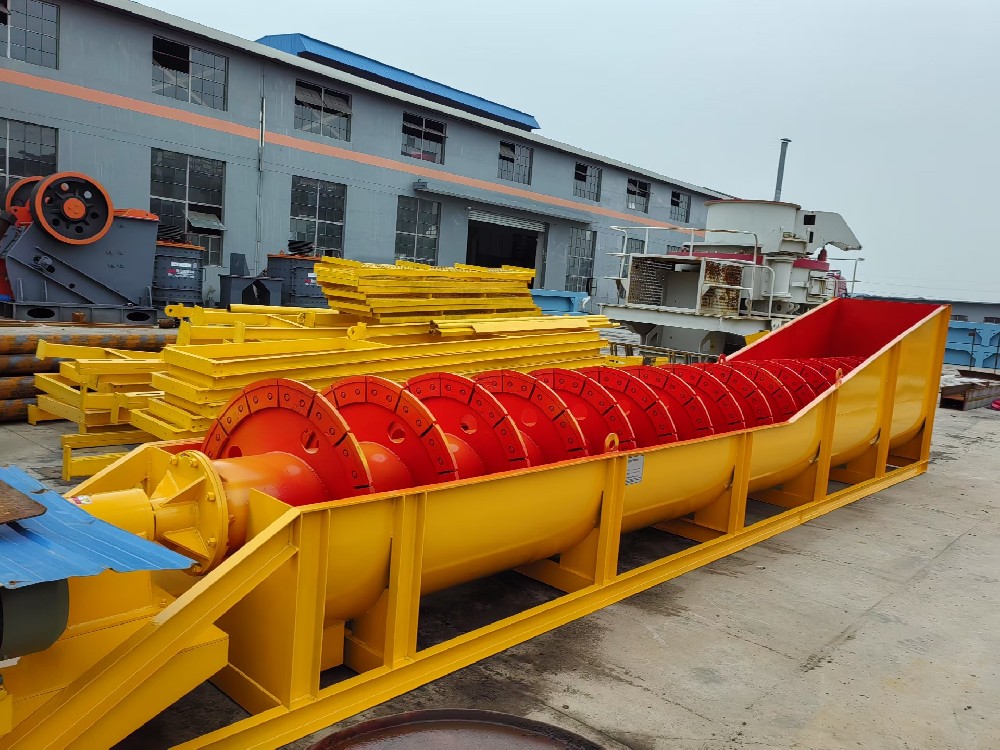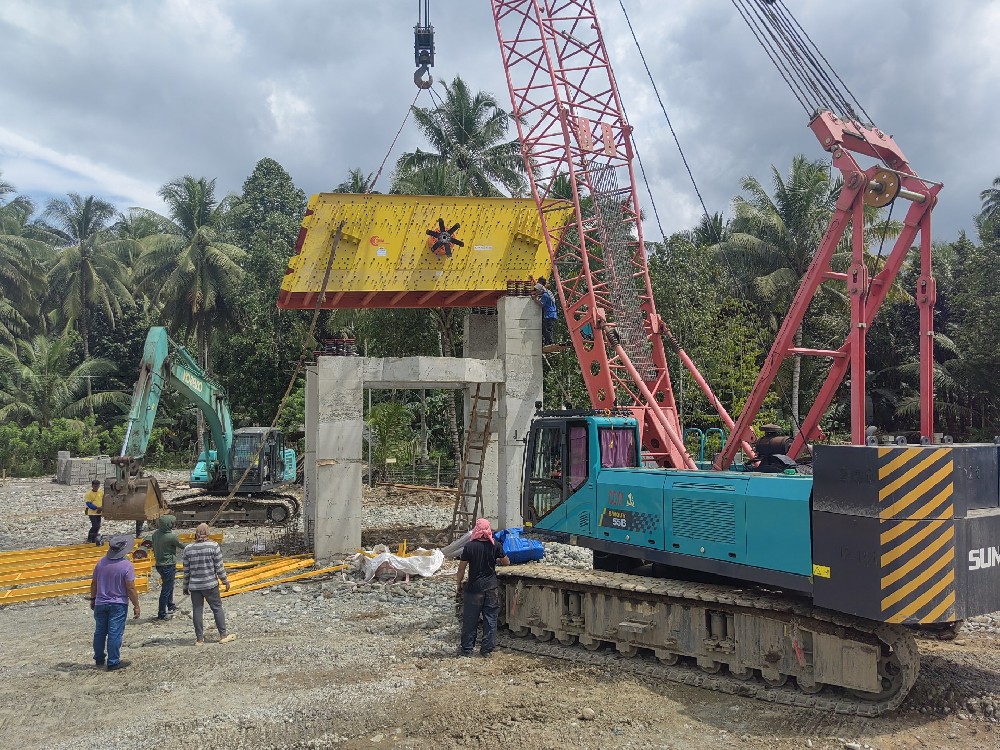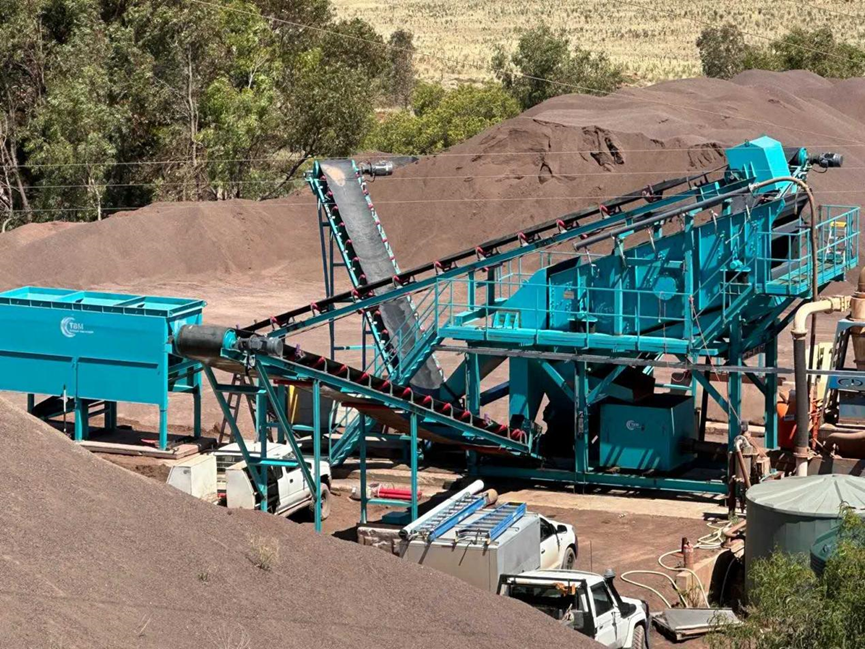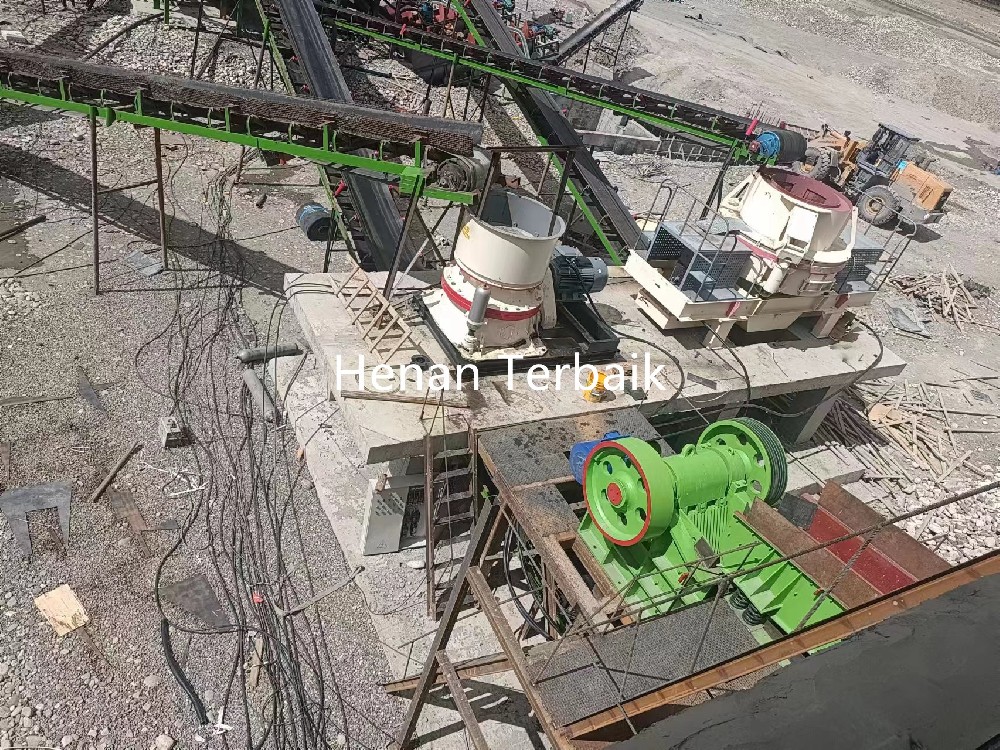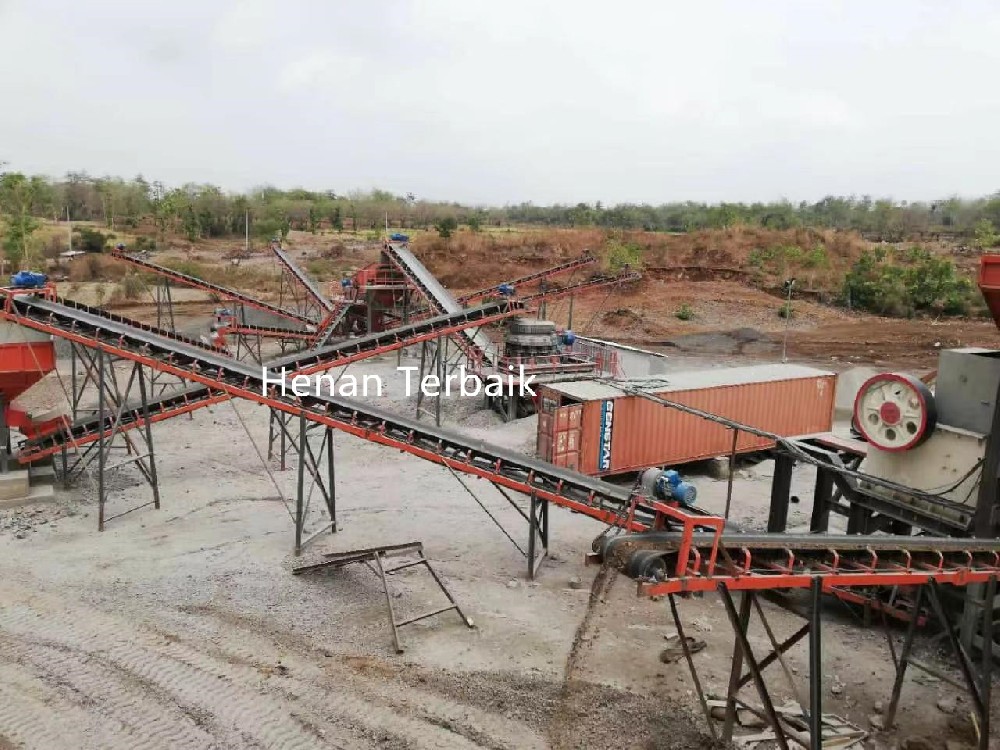Inclined conveyor design considerations in stone crusher washing plant
Inclined conveyors are a type of conveying equipment widely used in various industrial fields. Their design involves many aspects, including structure, materials, functions, maintenance, etc. In order to ensure the efficient, safe and reliable operation of inclined conveyors, multiple factors need to be considered during the design process. This article will discuss in detail the precautions for inclined conveyor design from the aspects of design principles, key component design, material selection, safety protection, maintenance, etc.
1.Inclined conveyor Design principles
1. Functionality: The design of the inclined conveyor must first meet the basic function of material transportation. According to the material characteristics and transportation requirements, the type of conveyor, inclination angle, conveying speed and other parameters should be reasonably selected.
2. Reliability: The conveyor should have good reliability and stability and be able to operate continuously for a long time under harsh working conditions. The strength and wear resistance of each component and the reliability of the drive device should be considered during design.
3. Economy: Under the premise of ensuring functionality and reliability, the design cost should be reduced as much as possible to improve economic benefits. By optimizing the design and selecting economical and applicable materials and components, the production cost and operating expenses can be reduced.
4. Environmental protection: Environmental protection requirements should be considered during design, and the emission of pollutants such as noise and dust should be minimized. For materials with severe dust, sealing devices and dust removal equipment should be configured.
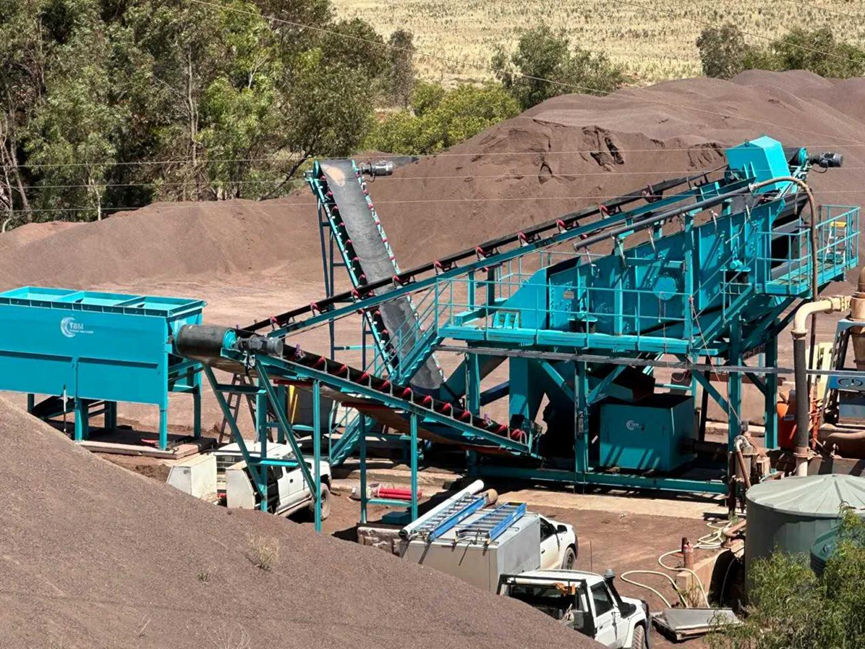
2. Inclined conveyor Key component design
1. Drive device Motor selection: Select the appropriate motor model and power according to the power requirements of the conveyor. For conveyors with long conveying distances or large conveying volumes, multi-motor drive should be considered. Reducer design: The reducer is an important component that connects the motor and the conveyor drive shaft. When designing, it is necessary to select the appropriate reducer type and reduction ratio to ensure smooth transmission and low noise. Drive shaft design: The drive shaft should have good strength and rigidity to withstand the load and torque of the conveyor. At the same time, the design of the drive shaft should consider easy installation and maintenance.
2. Conveyor belt or spiral blade Conveyor belt selection: The conveyor belt is the main load-bearing component of the inclined conveyor. Its material and thickness should be selected according to the material characteristics and conveying requirements. For materials with high abrasiveness, a conveyor belt with good wear resistance should be selected. Spiral blade design: For screw conveyors, the design of spiral blades is the key. The material, thickness, pitch and other parameters of the blades should be determined according to the material characteristics and conveying volume. At the same time, the welding quality and surface finish of the blades should also meet the requirements.
3. Frame and support structure Frame design: The frame is the main support component of the inclined conveyor, and its design should consider strength and stability. The material of the frame can be selected according to the weight and load of the conveyor, such as steel, aluminum alloy, etc. Support structure design: The support structure should ensure the stable operation of the conveyor at an inclined angle. The location and number of support points, as well as the rigidity and stability of the support structure should be considered during the design.
4. Inlet and outlet design Feed inlet design: The design of the feed inlet should facilitate the entry of materials into the conveyor and reduce material blockage and wear. At the same time, the feed inlet should be equipped with a suitable sealing device to prevent material leakage.
3.Inclined conveyor Material selection
1. Conveyor belt or spiral blade material Rubber conveyor belt: suitable for conveying materials with less abrasiveness, such as grain, fertilizer, etc. Rubber conveyor belt has good wear resistance and elasticity, and can withstand certain impact and vibration. Plastic conveyor belt: suitable for conveying corrosive materials or occasions that need to be kept clean. Plastic conveyor belt has the characteristics of corrosion resistance and easy cleaning, but poor wear resistance. Stainless steel spiral blade: suitable for conveying corrosive or high-temperature materials. Stainless steel spiral blade has good corrosion resistance and high temperature resistance, but the cost is high.
2. Frame and support structure material Steel: suitable for heavy conveyors or occasions that need to bear large loads. Steel has good strength and rigidity, but it is heavy and difficult to process. Aluminum alloy: suitable for light conveyors or occasions that need to reduce weight. Aluminum alloy has the characteristics of low density, light weight and corrosion resistance, but low strength and rigidity.
3. Sealing and dustproof materials Rubber sealing strip: suitable for the sealing device of the conveyor. Rubber sealing strip has good elasticity and wear resistance, which can effectively prevent material leakage and dust flying. Dust cover: Suitable for occasions where dust pollution needs to be prevented. The dust cover can be made of metal or plastic, depending on actual needs.
4. Inclined conveyor Safety protection
1. Protective cover and guardrail
The transmission part, rotating part and other dangerous areas of the conveyor should be equipped with protective covers or guardrails to prevent injuries caused by contact. The material of the protective cover and guardrail should be strong and durable, and easy to disassemble and clean.
2. Emergency stop device
The conveyor should be equipped with an emergency stop device so that it can be quickly stopped in an emergency to prevent accidents. The emergency stop device should be set in a position that is convenient for personnel to operate and clearly marked.
3. Overload protection device
The conveyor should be equipped with an overload protection device, which will automatically stop when the load exceeds the set value to protect the motor and transmission device from damage. The overload protection device should select the appropriate type and parameters according to the power and load characteristics of the conveyor.
4. Noise control measures
The conveyor will generate a certain amount of noise during operation, and noise control measures should be taken, such as installing a muffler, a soundproof cover, etc. Noise control measures should select appropriate solutions according to the noise source and noise level of the conveyor.
5. Inclined conveyor Maintenance
1. Regular inspection and maintenance Regularly inspect and maintain the various components of the conveyor, such as bearings, chains, drive shafts, etc. Check the wear of each component and replace the severely worn components in time. Lubricate the lubricating parts of the conveyor regularly to ensure smooth operation of the equipment.
2. Cleaning and maintenance Regularly clean the surface and interior of the conveyor, especially the parts in contact with the material, to prevent material residue and contamination. For occasions that need to be kept clean, the dust cover and sealing device of the conveyor should be cleaned regularly.
3. Troubleshooting and handling When the conveyor fails, it should be checked and handled in time to prevent the failure from expanding or causing more serious consequences.
